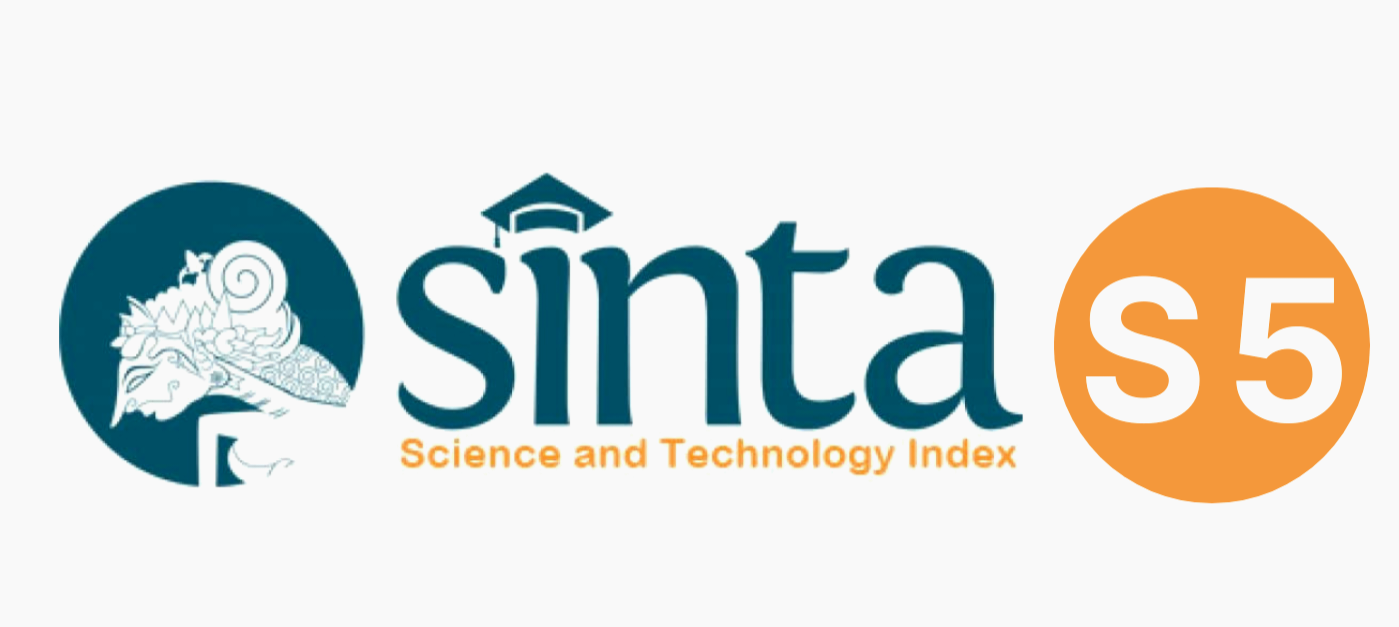Efektivitas Pola Tanam Dan Sistem Distribusi Bunga Pacar Di Subak Desa Singapadu Kaler
Abstract
This research was conducted in subak in Singapadu Kaler Tourism Village. The purpose of this study was to determine the effectiveness of the application of the planting pattern and distribution system of henna flower by farmers of henna flower, so that it can help implement an effective cropping pattern and distribution system that is applied in increasing the income of farmers who plant henna flower in Singapadu Kaler Village. Data collection is done using the method of observation, interviews, documentation, and literature. The analytical tool used for quantitative analysis techniques is a technique for analyzing data in the form of numbers using an analytical tool, in the form of: BCR Analysis (Benefit Cost Ratio) and Profit Margin Analysis, namely analysis to see the effectiveness of cropping patterns associated with the distribution system used. While for analyzing qualitative data using descriptive analysis techniques, which describe and help quantitative analysis to draw conclusions. Based on the results of the analysis, it shows that there are farmers who apply a continuous system of cropping patterns and there are those who apply an intermittent system. The cropping pattern with a continuous system is more profitable than an intermittent system. For this reason, farmers should be more effective in implementing a continuous cropping pattern with improved maintenance on fertilization and spraying of flower drugs more intensively. The distribution system applied by the henna farmers is an indirect system by selling henna flowers to agents, but not directly to consumers. This system is effective, but not optimal. After doing a comparative analysis with a direct distribution system with three different target markets, the system applied is less effective. Of the three analyzed alternatives, the direct distribution system with the hotel market target is the most effective compared to the Mambal market target and the outside Mambal market. To meet the needs of hotel targets, it is very necessary to maintain the quality of henna flowers which are always in fresh condition and the continuity of their availability that must be maintained
References
Achmad. (2012). Manajemen Agribisnis. Universitas Swadaya Gunung Jati: Pendidikan Deepublish.
Arikunto, S. (2002). Prosedur Penelitian: Suatu Pendekatan Praktek. Jakarta: PT Renika.
Arsyad. (1999). Ekonomi Pembangunan. Yogyakarta: Sekolah Tinggi Ilmu Ekonomi.
Depdiknas. (2005). kamus besar bahasa Indonesia. Jakarta: Balai Pustaka.
Downey, W. D., & Erikson, S. P. (2007). Manajemen Agribisnis. Jakarta: Erlangga.
Firdaus, M. (2008). Manajemen Agribisnis. Jakarta: Bumi Aksara.
Gumbira-Sa’id, E., & Intan, A. H. (2004). Manajemen Agribisnis. Jakarta: Ghalia Indonesia.
Handoko, H. (2012). Manajemen. Yogyakarta: BPFE.
Kotler, & Amstrong. (2008). Prinsip-Prinsip Pemasaran. Jakarta: Erlangga.
Kunarjo. (2003). Glosarium Ekonomi, Keuangan dan Pembangunan. Jakarta: Universitas Indonesia Perss.
Sjarkowi, & Sufri. (2004). Manajemen Agribisnis. Palebang: CV. Baldal Grafiti Press.
Strisno. (2000). Manajemen Keuangan, Teori, Konsep dan Aplikasi. Yogyakarta: Ekonisia.
Umar, H. (2005). Metode Riset Bisnis. Jakarta: PT Gramedia Pustaka Utama.
Wibowo, S. (1999). Budidaya Bawang Putih, Bawang Merah dan Bawang Bombay. Jakarta: Penebar Swadaya.
Yoeti, O. A. (2012). Pemasaran Pariwisata. Bandung: Angka Bandung.
 Abstract viewed = 172 times
Abstract viewed = 172 times
 PDF (Bahasa Indonesia) downloaded = 330 times
PDF (Bahasa Indonesia) downloaded = 330 times






